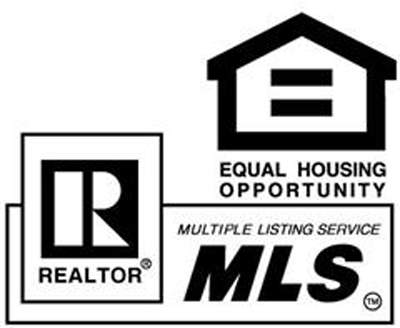Home prices posted a strong growth in closing out the final quarter of 2015, despite a moderating pace of sales, according to a new quarterly report released by the National Association of REALTORS® this week.
The 5 Priciest Markets
The five most expensive housing metro areas in the fourth quarter of 2015 were:
- San Jose, Calif.: $940,000 (the median existing single-family home price)
- San Francisco: $781,600
- Honolulu: $716,600
- Anaheim-Santa Ana, Calif.: $708,700
- San Diego, $546,800
The 5 Least Expensive Markets
The following are the five lowest-cost metro areas as of the fourth quarter of 2015:
- Youngstown-Warren-Boardman, Ohio: $81,200 (the median existing single-family home price)
- Cumberland, Md.: $86,100
- Rockford, Ill.: $87,600
- Decatur, Ill.: $90,000
- Wichita Falls, Texas: $101,900
Regional Snapshot
Here’s how existing-home sales fared in the fourth quarter across the country.
- Northeast: existing-home sales rose 1.9 percent and are 7.3 percent higher than the fourth quarter of 2014. Median single-family home price: $254,500, up 3.7 percent from a year ago.
- Midwest: existing-home sales dropped 6.9 percent but remain 5.2 percent higher than a year ago. Median single-family home price: $171,600 – 6 percent higher than a year ago.
- South: existing-home sales fell 4.1 percent and are 0.6 percent below a year ago. Median single-family home price: $195,400 — 6.6 percent above a year earlier.
- West: existing-home sales dropped 10.4 percent in the fourth quarter but are 2.1 percent higher than a year ago. Median single-family home price: $323,600 – 8.4 percent higher than a year ago.
NAR reports that the median existing single-family home price rose in 81 percent – or 145 out of 179 metro area – of the markets tracked. Thirty metro areas – or 17 percent – posted double-digit price increases in the fourth quarter of 2015, which trumps the 12 percent of markets that saw double-digit increases in the fourth quarter of 2014.
“Even with slightly cooling demand, the unshakeable trend of inadequate supply in relation to the overall pool of prospective buyers inflicted upward pressure on home prices in several metro areas,” says Lawrence Yun, NAR’s chief economist. “As a result, home ownership continues to be out of reach for a number of qualified buyers in the top job producing, but costliest, parts of the country – especially on the West Coast and parts of the South.”
Nationwide, the median existing single-family home price in the fourth quarter of 2015 was $222,700 – which is up 6.9 percent year-over-year (prices averaged $208,400 in the fourth quarter of 2014).
Meanwhile, total existing-home sales dropped 5.4 percent to a seasonally adjusted annual rate of 5.18 million in the fourth quarter – compared to 5.48 million in the third quarter. Existing-home sales still are 2.4 percent higher than the 5.06 million pace during the fourth quarter of 2014.
“Without a significant ramp-up in new home construction and more home owners listing their homes for sale, buyers are likely to see little relief in the form of slowing price growth in the months ahead,” Yun says.
Affordability Challenges
The uptick in home prices offset lower mortgage rates and a rise in the national family median income, and caused housing affordability to drop in the fourth quarter compared to year-over-year.
A home buyer making a 5 percent down payment on a median price single-family income would need an income of $49,535, NAR reports. A buyer making a 10 percent down payment would need an income of $46,928, and buyers making a 20 percent down payment would need to earn $41,714.
“Recent employment data is starting to show some pick-up in wage growth as the labor market edges near full employment,” says Yun. “With price appreciation likely to continue at the same pace – and even higher in some markets – incomes need to rise even more to keep affordability conditions from declining further.”


